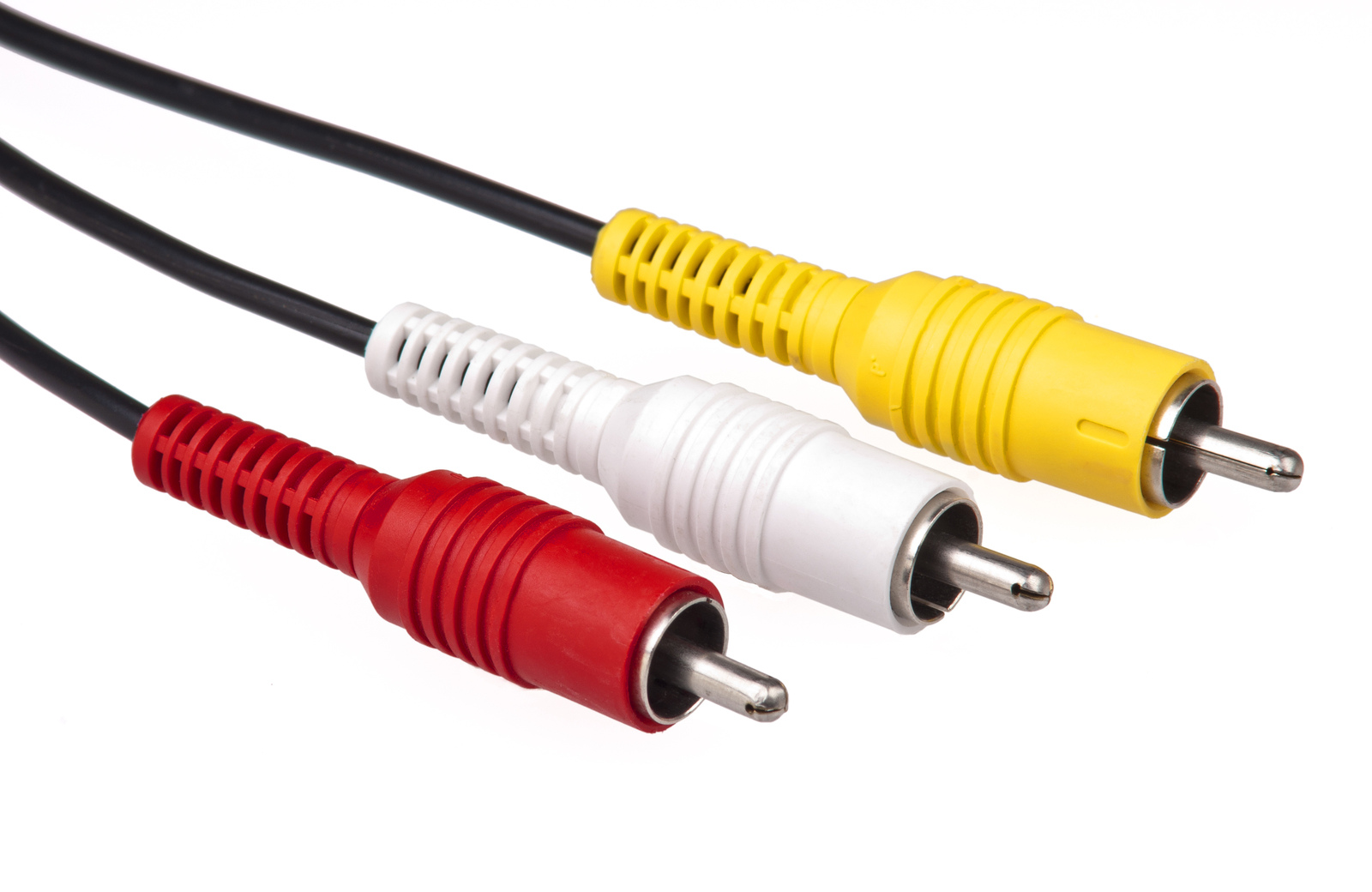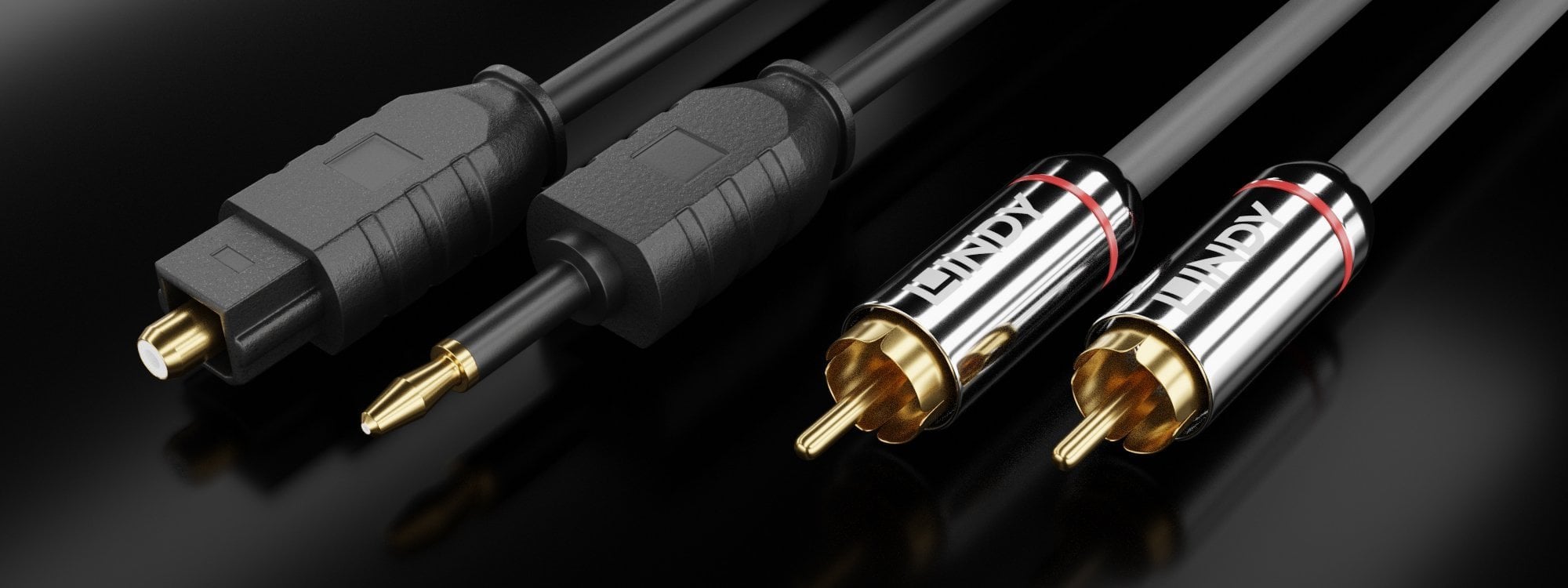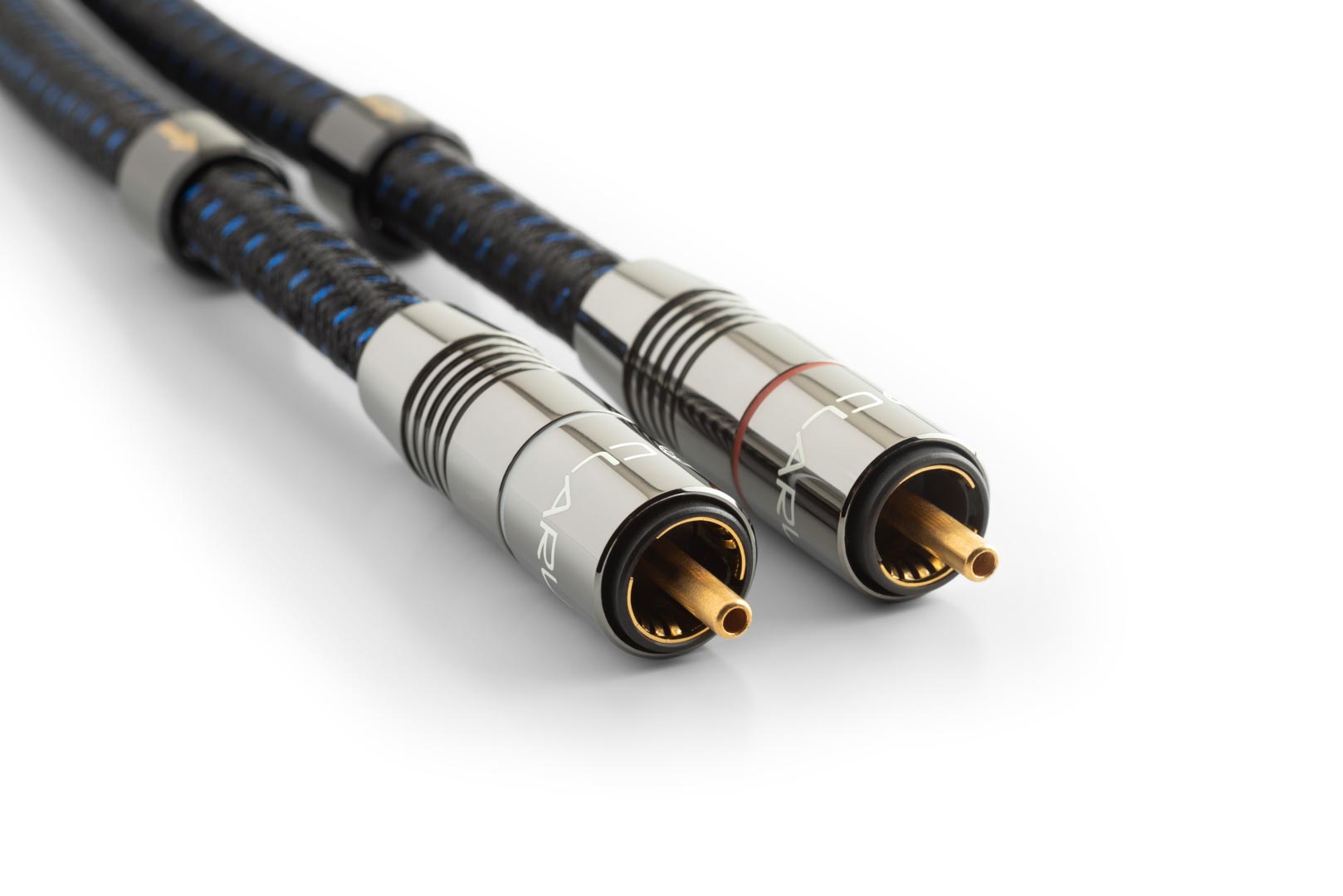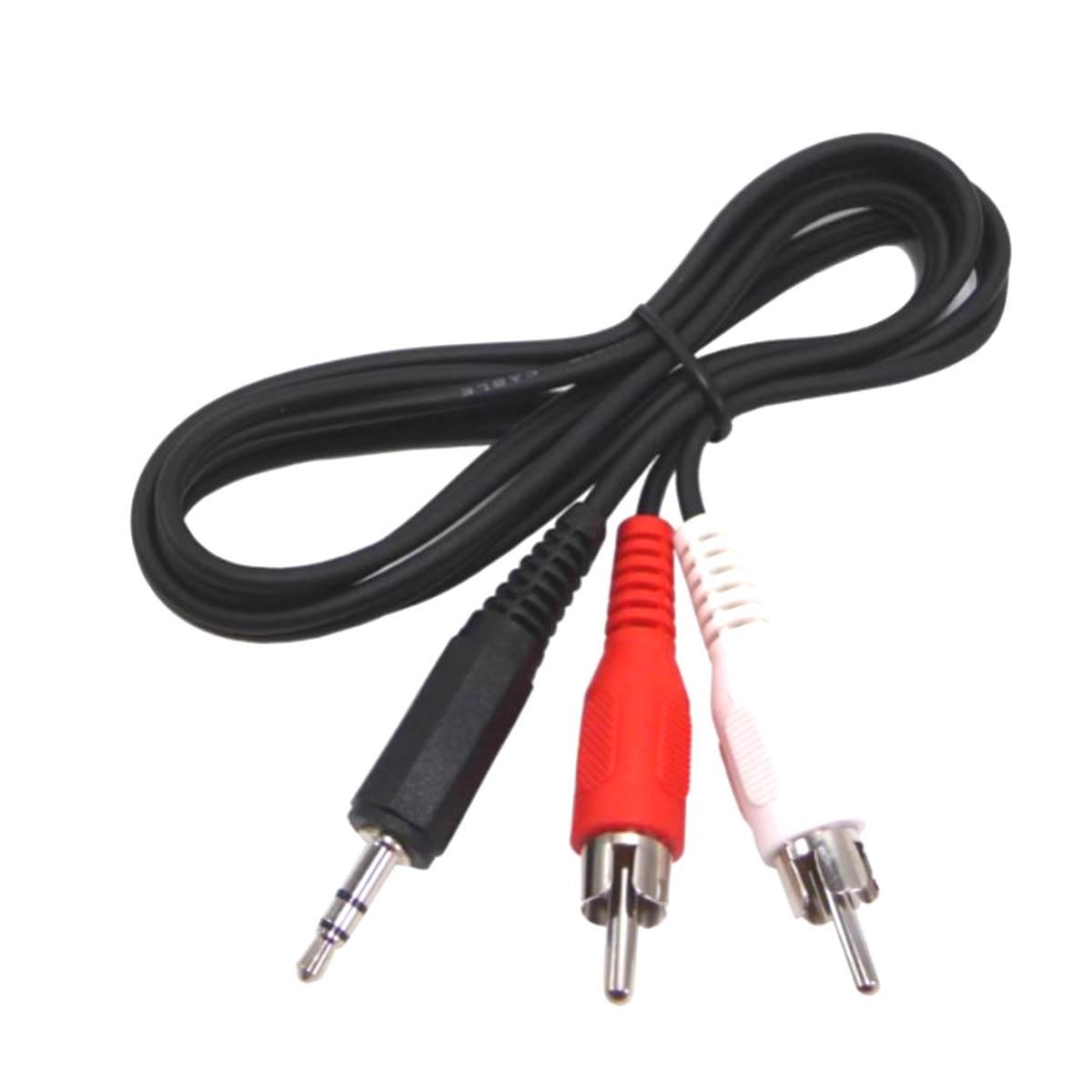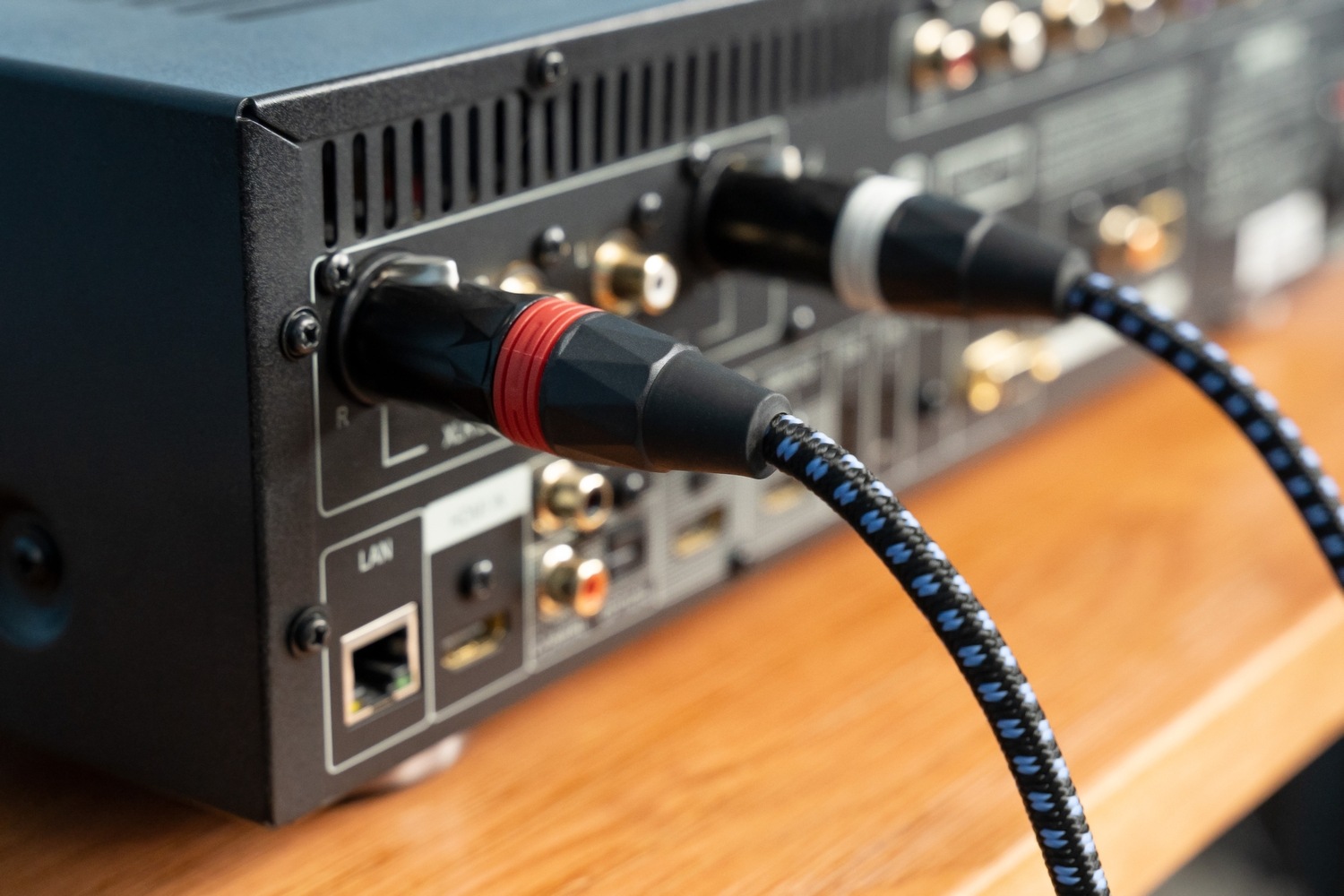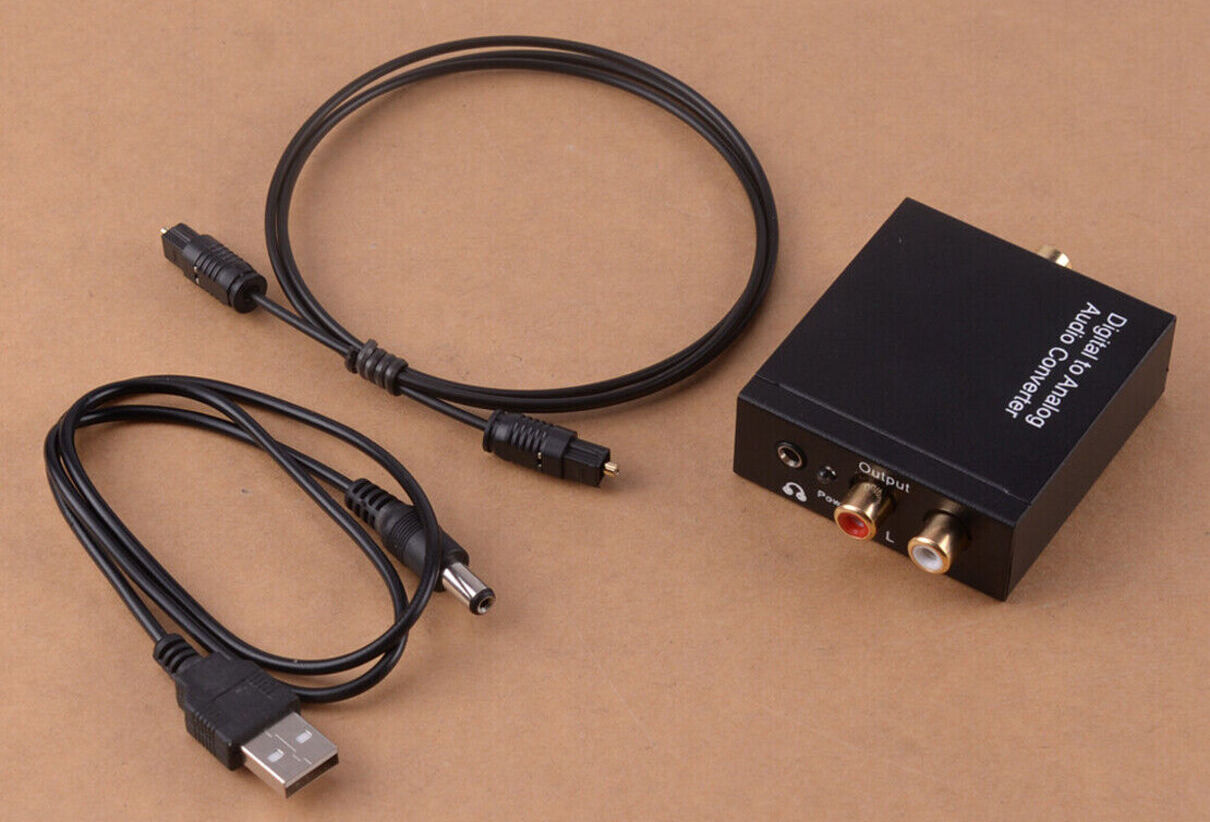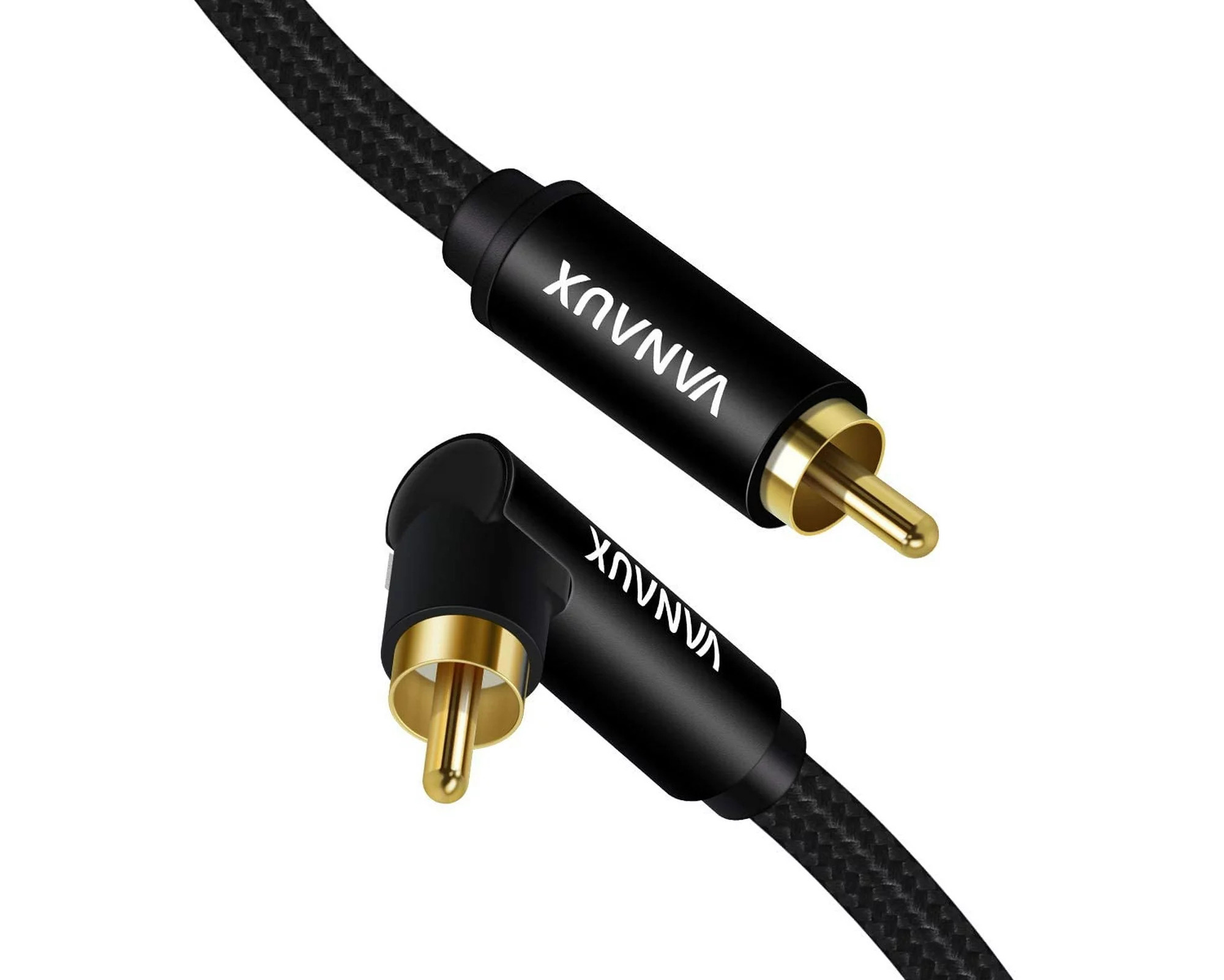Home>Production & Technology>Audio Cable>What Is The Standard Audio Cable Size


Audio Cable
What Is The Standard Audio Cable Size
Published: December 21, 2023
Looking for the standard audio cable size? Get the right information about audio cable sizes and learn about their importance in audio setups.
(Many of the links in this article redirect to a specific reviewed product. Your purchase of these products through affiliate links helps to generate commission for AudioLover.com, at no extra cost. Learn more)
Table of Contents
Introduction
Welcome to the world of audio cables! Whether you are a professional sound engineer, a musician, or an audio enthusiast, choosing the right audio cable size is crucial for your setup. The size of an audio cable refers to its diameter or gauge, and it plays a significant role in determining the quality and performance of your audio signal.
In this article, we will delve into the world of audio cable sizes, exploring their importance and how they can impact your audio setup. Understanding the different sizes available in the market will empower you to make informed decisions when selecting the most suitable audio cable for your needs.
From standard headphones to studio recording equipment, audio cables are an essential part of connecting audio devices, ensuring clean and accurate transmission of sound signals. The size of an audio cable affects its resistance, capacitance, and overall signal quality, which ultimately impacts the fidelity and clarity of your audio.
While it may seem overwhelming at first, understanding audio cable sizes doesn’t have to be complicated. In this article, we will break down the common audio cable sizes, discuss the factors to consider when choosing the right size, and provide you with the necessary knowledge to make an educated decision.
So, whether you are looking to upgrade your existing audio cables or just starting to explore the world of audio equipment, let’s dive in and explore the standard audio cable sizes to help you make the best choice for your audio setup.
Understanding Audio Cable Size
When it comes to audio cables, the size refers to the diameter or gauge of the cable. It is typically measured in American Wire Gauge (AWG), with lower numbers indicating thicker cables. The size of an audio cable plays a significant role in determining its performance and suitability for different applications.
The diameter of an audio cable directly affects its electrical properties, such as resistance and capacitance. Thicker cables tend to have lower resistance and capacitance, resulting in better signal conductivity and less signal loss. This is especially important for longer cable runs or when transmitting high-quality audio signals.
On the other hand, thinner cables have higher resistance and capacitance, which can lead to signal deterioration over longer distances. They are generally more suitable for shorter cable runs or low-power audio devices.
It is important to note that the size of an audio cable is not the only factor that determines its overall performance. The quality of the cable materials, construction, and shielding also play a significant role in ensuring optimal audio transmission.
When selecting an audio cable size, it’s crucial to consider the specific needs of your audio setup. Factors such as the distance between audio devices, power requirements, and the type of audio signal being transmitted should be taken into account.
Now that we have a basic understanding of audio cable size, let’s explore the common sizes available in the market and their applications in the next section.
Common Audio Cable Sizes
Audio cables are available in various sizes, each designed to meet specific needs and applications. Here are some of the common audio cable sizes you may come across:
- 28 AWG: This is one of the thinnest audio cable sizes available. It is suitable for shorter cable runs, low-power audio devices, and applications where space is limited.
- 24 AWG: Slightly thicker than 28 AWG, 24 AWG cables are commonly used for general audio applications such as connecting consumer electronics, computers, and small audio devices.
- 20 AWG: With a thicker diameter, 20 AWG cables are ideal for longer cable runs or applications where low signal loss and high power handling are required. They are commonly used in professional audio setups, including recording studios and live sound systems.
- 16 AWG: Considered heavy-duty audio cables, 16 AWG cables are designed for high-power audio systems and installations. They offer excellent signal conductivity and minimal signal loss, making them suitable for demanding audio applications.
It’s important to choose the right audio cable size based on your specific requirements. Keep in mind that thicker cables do not always guarantee better performance if your audio setup doesn’t require it. Conversely, using thinner cables for high-power applications or long cable runs may result in signal degradation and compromised audio quality.
Consider factors such as the distance between devices, power requirements, and the level of audio fidelity you desire. If you are unsure which cable size is most suitable for your needs, consulting with an audio professional or doing thorough research can help you make an informed decision.
Now that we have explored the common audio cable sizes, let’s move on to the next section, where we will discuss the factors to consider when choosing the right size for your audio cables.
Factors to Consider When Choosing Audio Cable Size
Choosing the right audio cable size involves considering several factors to ensure optimal performance and compatibility with your audio setup. Here are some critical factors to keep in mind:
- Distance: The distance between audio devices is a crucial factor in determining the appropriate cable size. For shorter cable runs, thinner cables may be sufficient, while longer distances typically require thicker cables to minimize signal loss.
- Power Requirements: Consider the power requirements of your audio devices. Higher-powered audio systems may benefit from thicker cables to handle the increased current without signal degradation.
- Signal Quality: If you require high-fidelity audio transmission, thicker cables with lower resistance and capacitance are recommended to ensure minimal signal loss and more accurate sound reproduction.
- Application: Different audio applications may have specific requirements. Studio recording, live sound, and home theater setups, for example, may require different cable sizes based on the specific demands of each environment.
- Budget: Consider your budget when selecting audio cable sizes. Thicker cables tend to be more expensive than thinner ones, so it’s important to find a balance between your budget and the performance you require.
It’s worth noting that while audio cable size is essential, it is not the only factor affecting overall performance. The quality of the cable’s construction, shielding, and connectors also contribute to signal integrity. Investing in high-quality cables with proper shielding can significantly enhance audio quality and minimize interference.
Lastly, keep in mind that not every audio setup requires the thickest cables available. Assess your specific needs based on the factors discussed above and choose the appropriate cable size that provides the best balance of performance, cost-effectiveness, and compatibility for your audio setup.
As we conclude this section, let’s summarize what we have learned so far and offer some final thoughts in the next section.
Conclusion
Choosing the right audio cable size is crucial for optimal audio performance and compatibility with your setup. Understanding the different sizes available and their applications will empower you to make informed decisions when selecting audio cables.
In this article, we explored the significance of audio cable size and how it impacts signal conductivity and overall audio quality. We discussed common audio cable sizes, ranging from thinner cables suitable for shorter distances to thicker cables ideal for longer cable runs and high-power applications.
We also identified important factors to consider when choosing the appropriate cable size, such as distance, power requirements, signal quality, application, and budget. It’s essential to strike the right balance between performance and cost-effectiveness to ensure the best audio experience for your specific needs.
Remember, the cable size is not the sole determinant of audio performance. The quality of materials, construction, shielding, and connectors also play significant roles in maintaining signal integrity and minimizing interference.
As you venture into the world of audio equipment and cables, take the time to research and consult with professionals if needed. It’s important to make educated decisions based on your specific audio requirements.
Now armed with the knowledge of audio cable sizes and the factors to consider, you are better equipped to select the perfect cable size for your audio setup. Whether you are connecting headphones, instruments, or professional audio systems, choosing the right audio cable size will ensure optimal sound quality and a seamless audio experience.
So, go ahead and explore the world of audio cables, and may your audio journey be filled with exceptional sound and musical delight!



